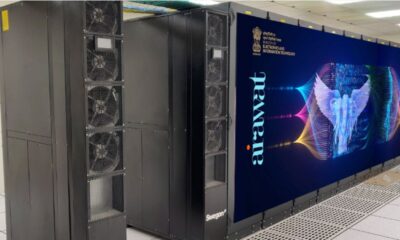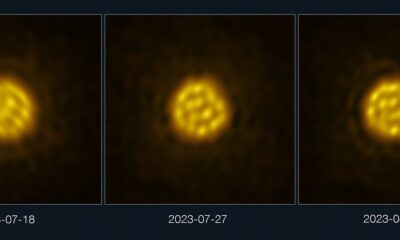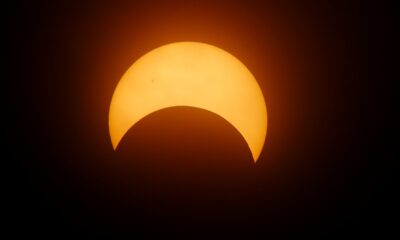

The 2024 Nobel Prize for Physics has been a trend breaker with computer scientists being awarded the prestigious prize. Geoffrey Hinton, one of this year’s laureates,...


They have used tools from physics to develop methods that are the foundation of today’s powerful machine learning


Quantum computers, with their ability to process complex calculations at speeds unattainable by classical computers, are expected to unlock new realms of possibility in artificial intelligence,...


The Hubble image reveals a complex structure of dust surrounding NGC 4694, hinting at recent galactic disturbances


IIT Kanpur Launches Groundbreaking Detonation Tube Research Facility to Revolutionize Combustion Safety and Aerospace Engineering


This rock features a texture not previously recorded in Jezero Crater, and possibly on Mars as a whole


R. Doradus, a star 180 light years away, can fit some 75 suns inside a single one of its convection cells.


The Rig Veda, a sacred compilation of hymns and philosophical discourses from around 1500 B.C., has long been recognized for its rich historical and astronomical references


This innovative approach could lead to significant improvements in quantum information processing, ultra-compact electronics, and advanced sensing applications.


The widely accepted Lunar Magma Ocean (LMO) hypothesis posits that the Moon initially existed as a vast ocean of molten magma